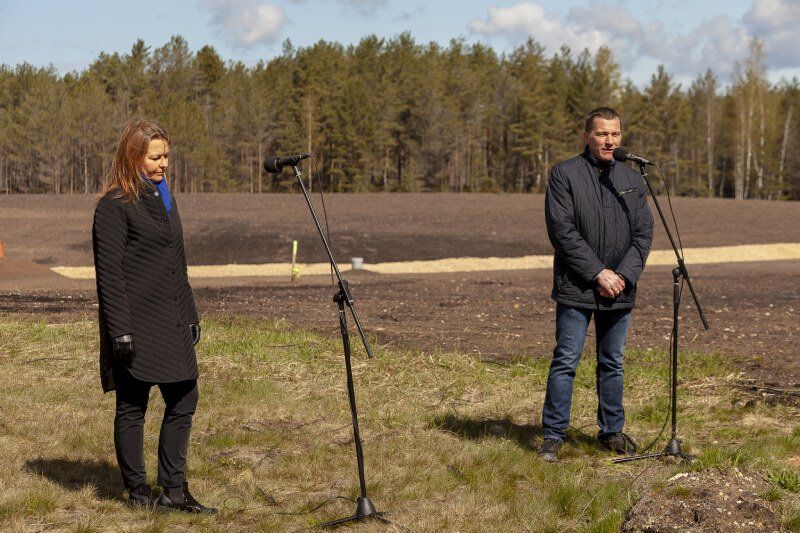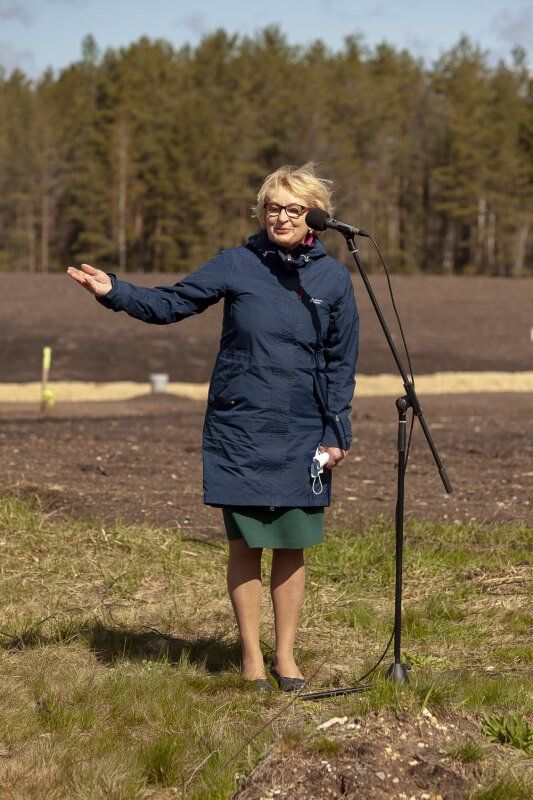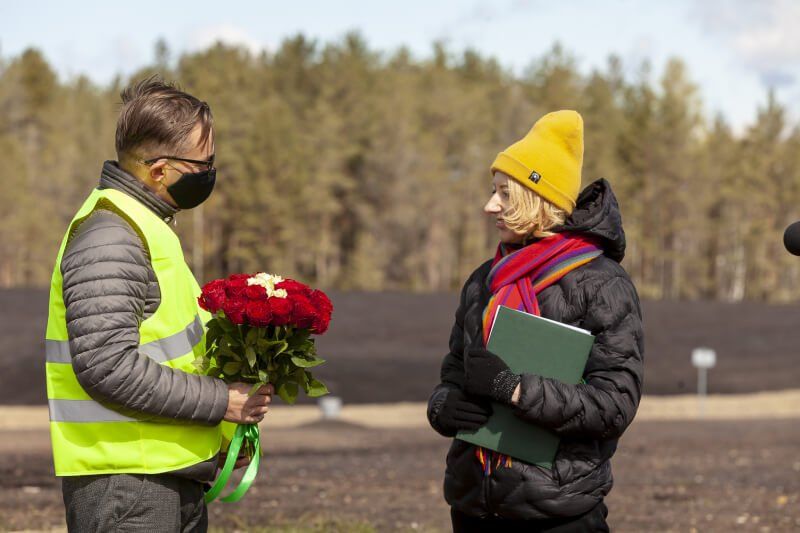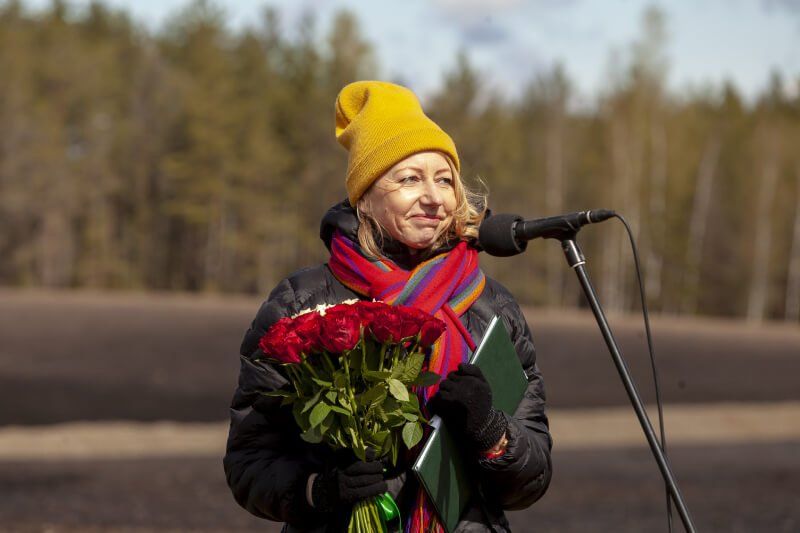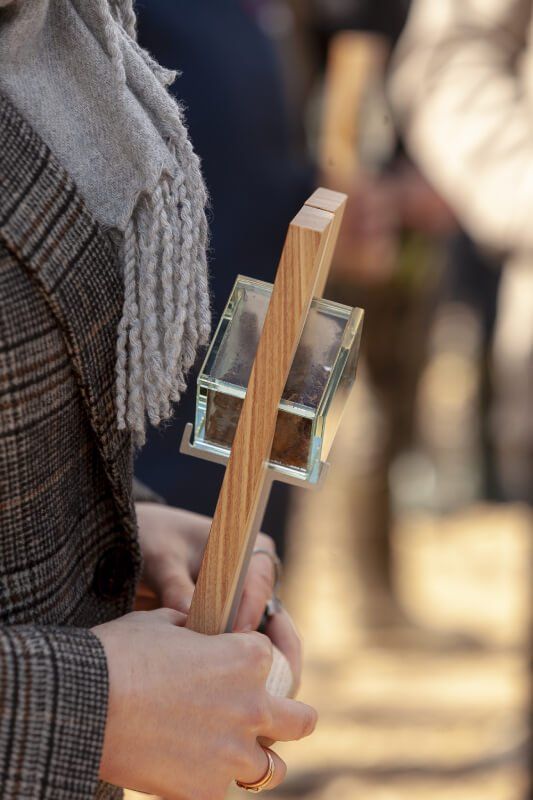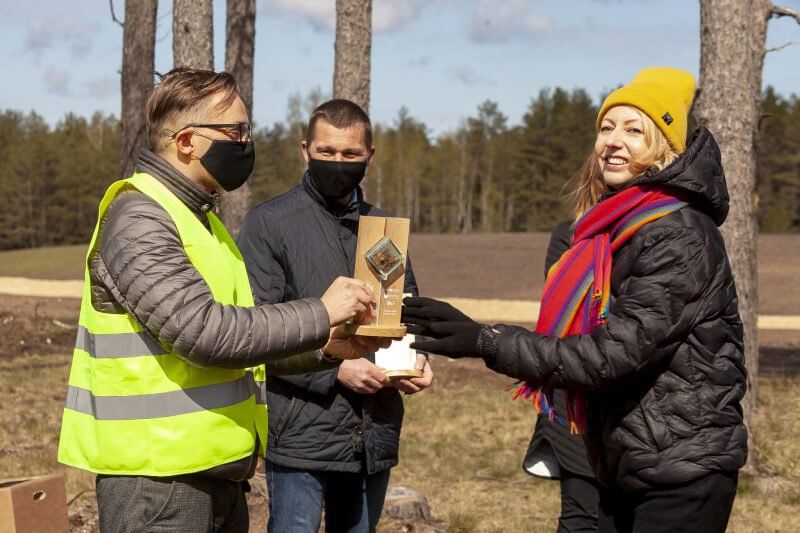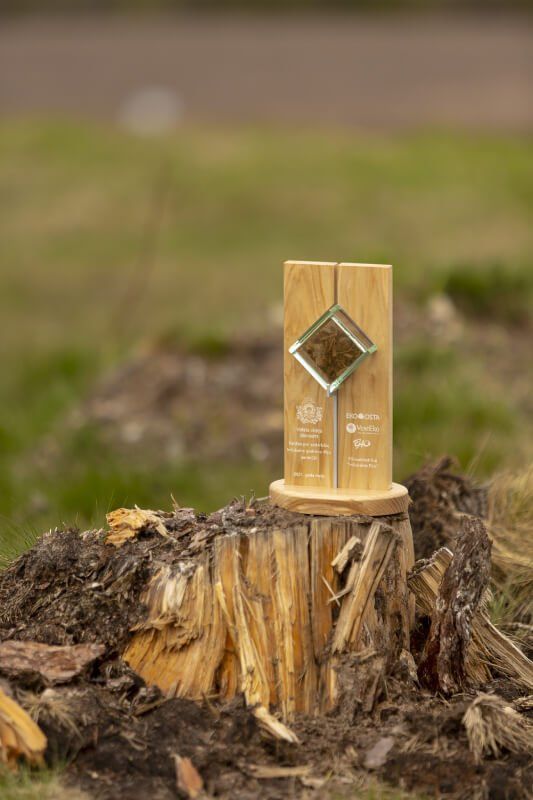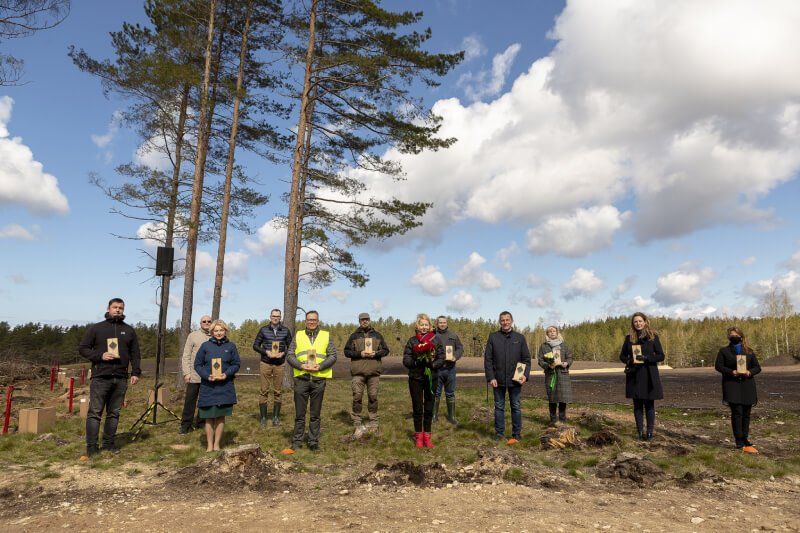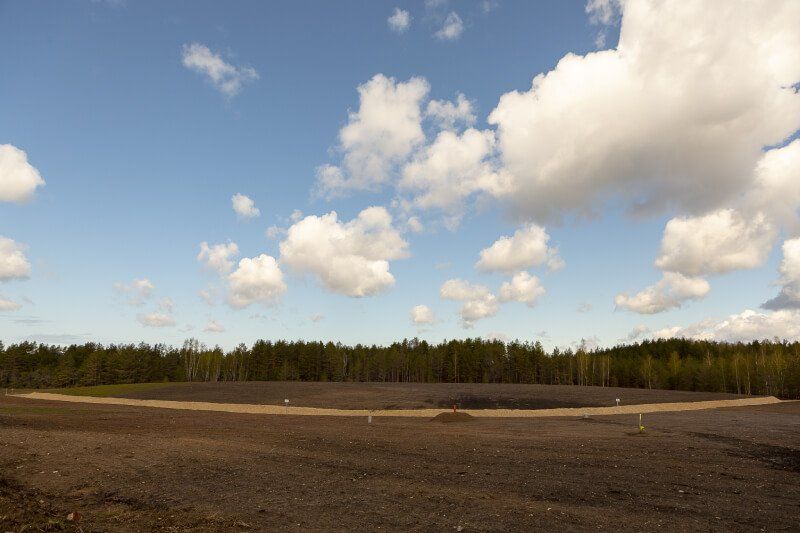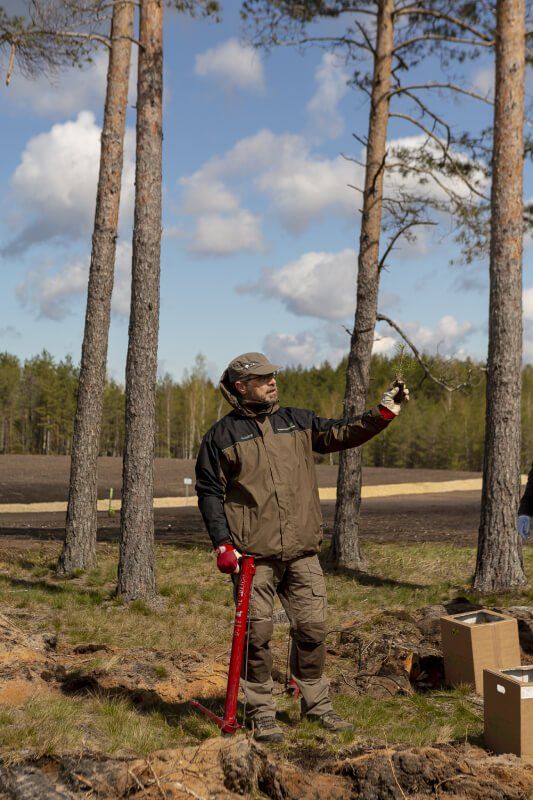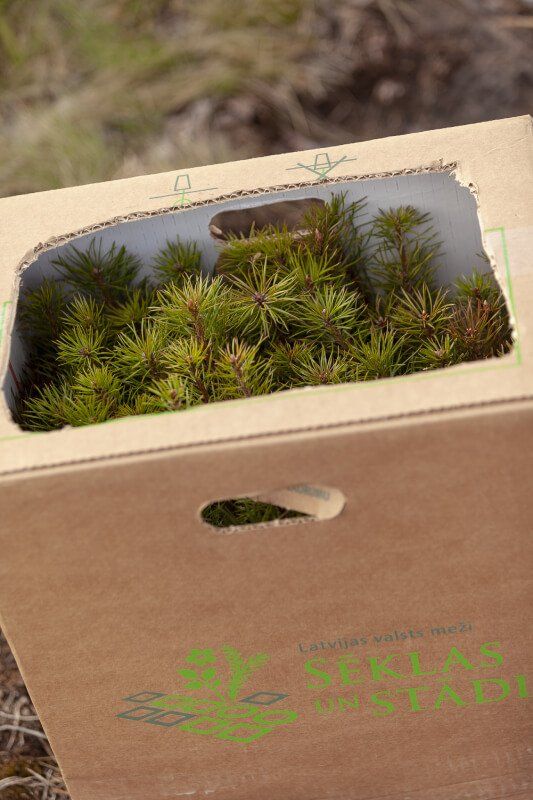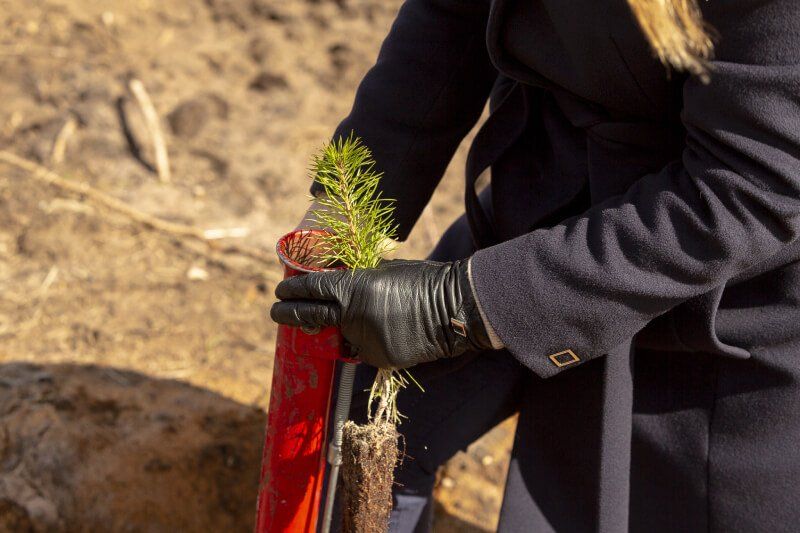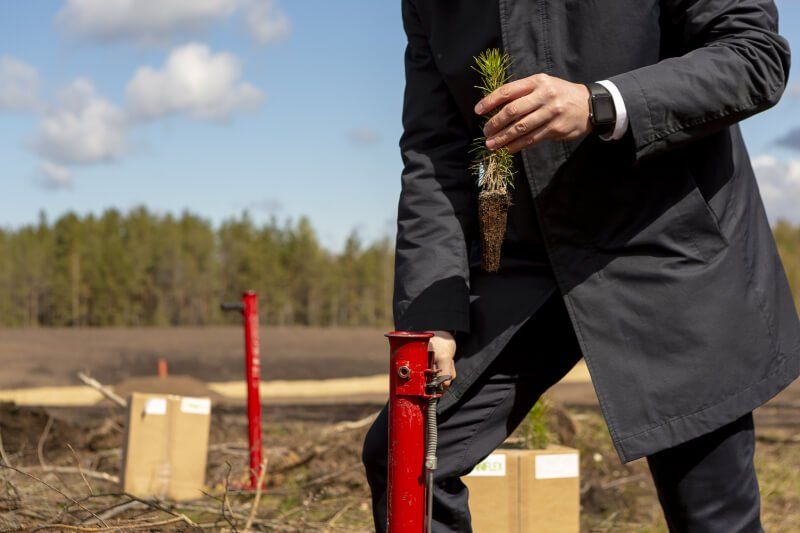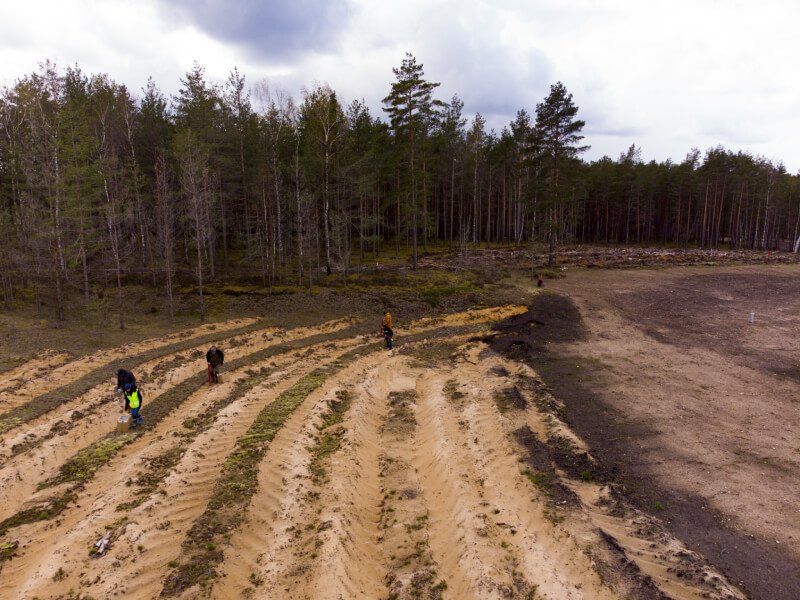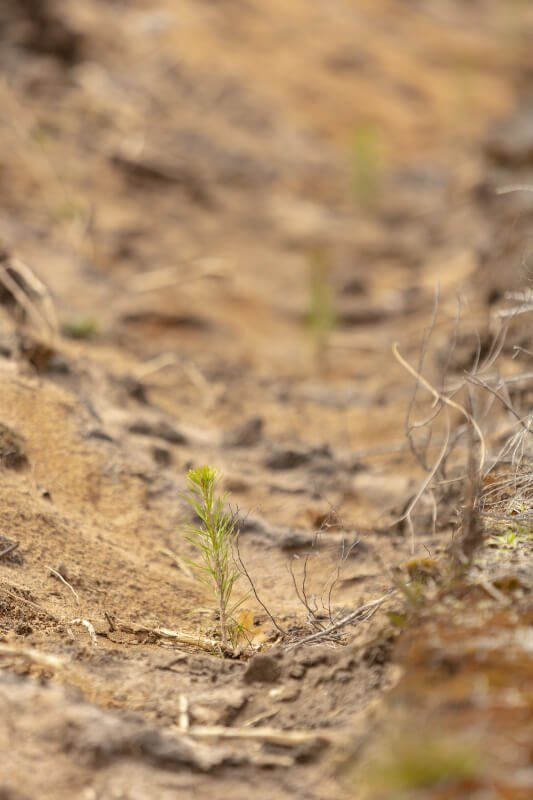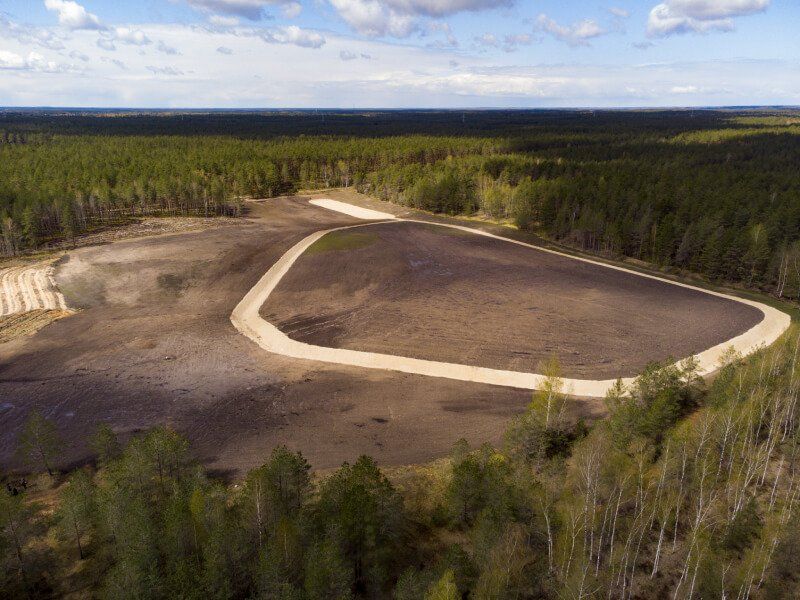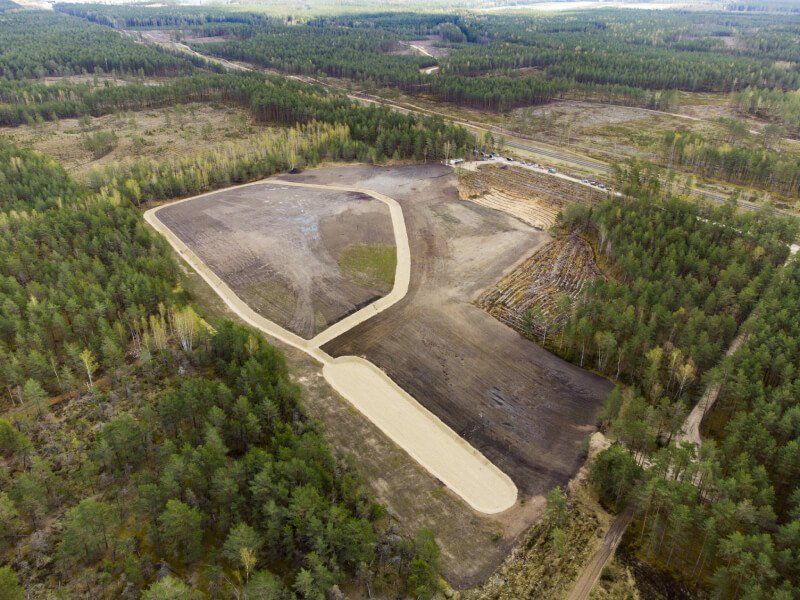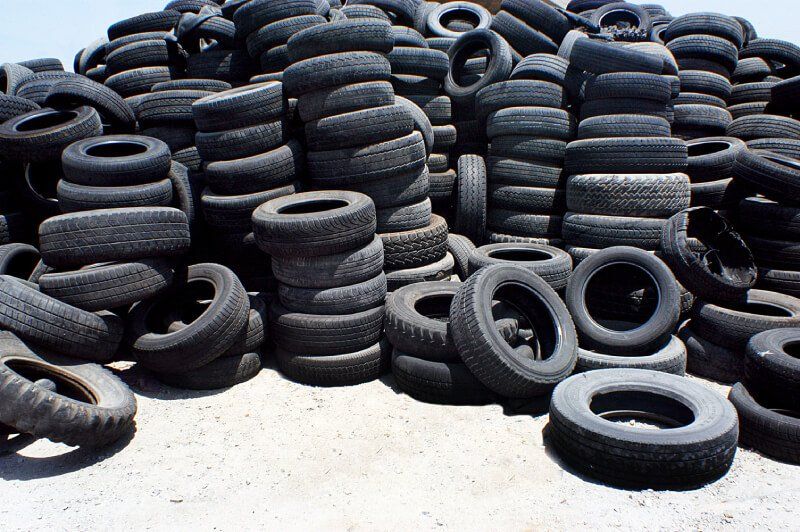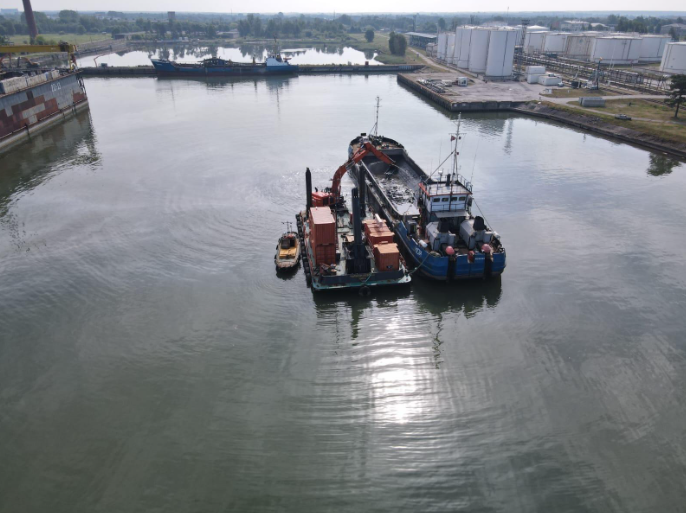“EKO OSTA” has finished the work within framework of remediation project for Inčukalns sulphuric acid tar ponds
The largest and one of the most technologically sophisticated projects in Latvia is completed, by remediation of the historical pollution - hazardous waste from Inčukalns sulphuric acid tar ponds. The hazardous and environmentally harmful waste management company “EKO OSTA” has made a large contribution in implementation of the project.
Currently the remedial and recultivation works are fully completed, but safe disposal of the acid tar extracted from the ponds will continue until 2023. Applying the post-restoration monitoring system developed in the Southern, as well as Northern pond, the State Environmental Service will proceed to carry out the environmental quality monitoring for 30 years after the project is completed.
During remediation process of the Northern pond:
- the open source lagoon of the contaminated Northern pollution was liquidated;
- excavation and disposal of the contaminated soil was carried out in the sulphuric acid tar open lagoon – in total more than 430 truckloads;
- crushed dolomite stone was used for construction of the area – with the total area of approximately 14 hockey fields;
- the recultivation relief was created with vertical and horizontal water resistant protective barrier and surface water drainage system;
- the contaminated underground water was pumped and cleaned in the amount equalling to the average daily consumption of all Riga inhabitants.
During remediation process of the Sothern pond:
- the open source lagoon of the contaminated Southern pond was liquidated;
- the neutralization and homogenization of the excavated lagoon bed with area of approximately 10 hockey fields was carried out;
- the acid tar was excavated, 1950 secondary combustible cargoes were prepared and delivered for disposal;
- the recultivation relief was created with vertical and horizontal water resistant protective barrier and surface water drainage system.
As a result of the project execution the restored area of land constitutes 5 ha, which comprises the area of both sources of contamination (ponds), where the remediation works were carried out. As a result of the project implementation the total polluted area returned to economic activity, in accordance with the spatial plan, is approximately 8,4 ha. It will be possible to further establish forest lands in this area.
In order to ensure continuous environmental quality monitoring upon completion of the works, the post-restoration monitoring system of the Northern and Southern ponds was developed. The post-restoration monitoring network of the Northern pond is composed of 10 underground water boreholes, 2 surface samplings sites in the Gauja river and 2 surface sampling sites in the area of the Northern pond. For the needs of additional monitoring totally 42 constructed boreholes may be used in the surroundings of the Northern pond. Whereas, post-restoration monitoring network of the Southern pond is composed of 18 underground water boreholes and 4 surface samplings sites in the area of the Southern pond. For the needs of additional monitoring totally 19 constructed boreholes may be used in the surroundings of the Southern pond
The project was implemented by the State Environmental Service, the works were carried out by PS “Inčukalns Eko where “EKO OSTA” is one of its members. The engineering monitoring of the project was carried out by SIA ‘’Geo Consultants’’. Whereas the safe disposal of the acid tar, using combustible and raw materials as alternative, was carried out by SIA “Schwenk Latvija” at its Broceni factory.
Video of LTV News Service, filmed on May 8, 2021.
About Inčukalns sulphuric acid tar ponds.
Inčukalns sulphuric acid tar ponds are located in the territory of Inčukalns parish, 30-35 km to the east from Riga, in the former sand quarries known as Southern and Northern ponds. Inčukalns sulphuric acid tar ponds were one of the most contaminated sites in Latvia until now, where the sulphuric acid tar waste generated from medical and perfume oil production was transported and dumped by Riga oil processing and lubricating oil factories during 50’s-80’s of the 20th century in the sand quarries without foundation and side waterproofing – the dumpsite was closed in 1986.
The sulphuric acid tar is black, aggressive, liquid, half-liquid or solid matter with pronounced odor of sulfur dioxide which contains toxic chemical poisons.
After restoration of independence of Latvia several attempts were taken to clean the hazardous areas, however due to lack of technological solutions and financing, the previous attempts turned out to be unsuccessful. In 2009 the European Regional Development Fund co-financing was received and the Project “Remediation of historically contaminated areas “Inčukalns sulphuric acid tar ponds” was commenced. The phase I of the Project was implemented from 2009 to 2015, whereas the stage II of the Project is being implemented from 2016 to 2023. The total financing of the project is 57,8 million EUR.
Without remediation of Inčukalns sulphuric acid tar ponds, the open acid tar lagoons would continue to pose a threat to people and animals when coming into contact with the toxic acid tar, as well as the pollution in high concentrations from the source of pollution would continue to leak into underground waters and spread in the Gauja direction.
In view that the remediation works were carried out for several decades after the pollution occurred, it had spread in a wide territory outside of the boundaries of the remediation project works. At the end of 2020 the computer modelling was used in order to get assurance that the remedial goals were achieved and to obtain forecast for improvement rate of environmental conditions in a wide area. It was stated that for the pollution complete reduction to environmentally safe level, a significant time interval is necessary – this process would last for 100 years in the Northern pond, and 180 years in the Southern pond.
Vēlies pieteikt pakalpojumu?
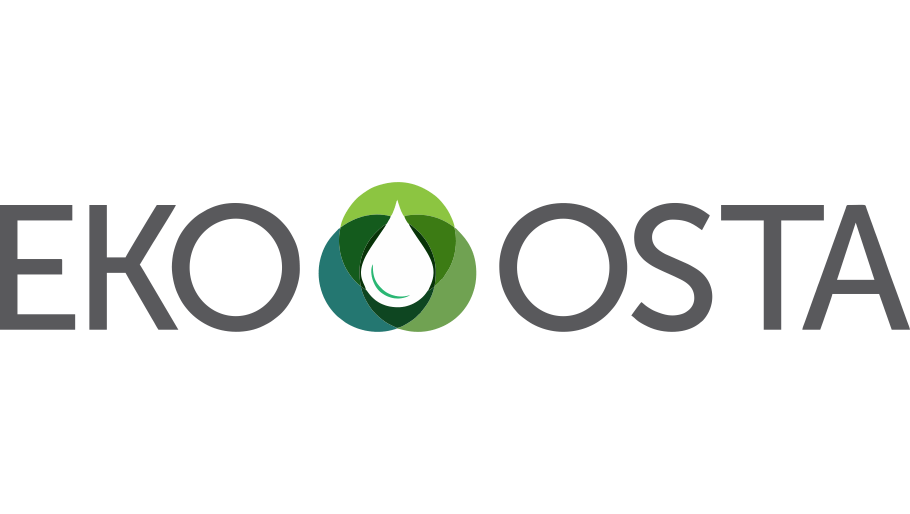
SIA "EKO OSTA"
Reģ. nr.: 40003428805
Tvaika iela 39, Rīga, LV-1034
Tālrunis:
+371 67393860
E-pasts: ekoosta@ekoosta.lv
Jaunākās ziņas
Visas tiesības aizsargātas | SIA Eko Osta




